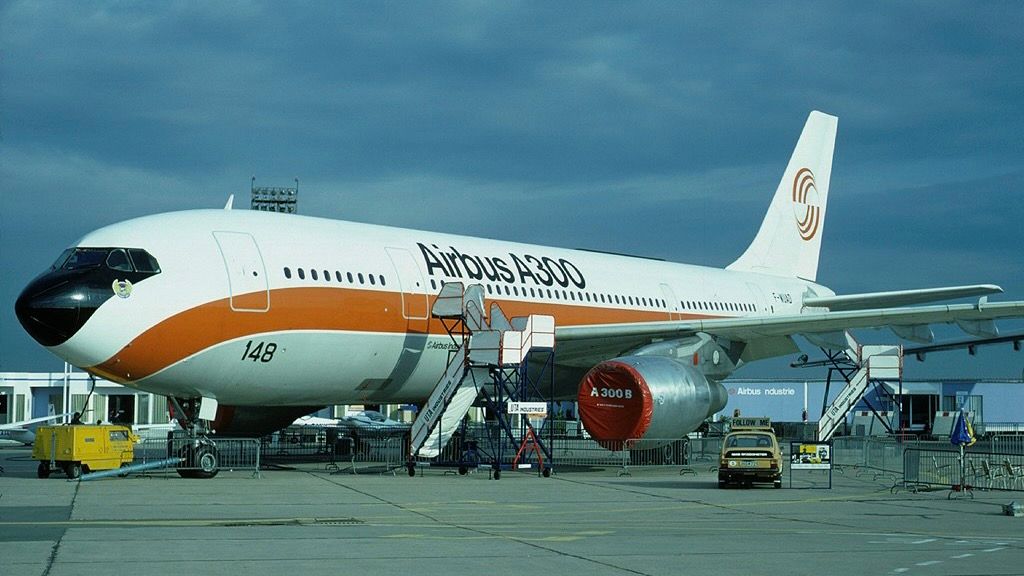
Summary
- Airbus was formed in response to the dominance of US aerospace firms, with the goal of creating a strong aviation ecosystem in Europe.
- The A300 program was initiated by Germany, France, and the UK before the formation of Airbus, aiming to develop a twin-engine widebody.
- Despite political tensions and challenges, France and Germany came together to form Airbus, with the A300 becoming a ground-breaking and successful aircraft.
Airbus was formed on 18th December 1970 by a pair of European aerospace firms backed by France, Germany, and the UK. The new manufacturer long had plans for a new widebody aircraft, known as the A300. So why did making a new aircraft require the formation of Airbus?
A new competitor
Airbus was formed as a direct response to the dominance of US aerospace firms in the post-World War II commercial aviation space. Companies like Boeing, Lockheed Martin, and McDonnell Douglas were leading in terms of sales and new aircraft types, with European firms lagging behind.
However, a few European countries decided that it would be best to merge their major manufacturers into one. Given the formation of the European Economic Community (the EU’s predecessor), a merger was feasible and a good way to ensure the continent had its own robust aviation ecosystem.
The deal between France, Germany, and the UK saw the formation of Airbus, created by merging Aérospatiale and Deutsche Airbus in 1970. However, the A300’s roots began to sprout a few years before this.
A political project
Even before the negotiations to form a joint European firm was complete, the ministers from the three major countries were working on making a new aircraft. In particular, Germany, France, and the UK identified a market for a twin-engine, widebody aircraft, seating around 250.
In September 1967, the trio agreed to collaborate on such an aircraft, which came to be known as the A300 program. Henri Zeigler was the general manager of the program, while Roger Béteille led technical development. The pair went on to become the founding fathers of Airbus a few years later. In 1969, the A300 was formally unveiled by France and Germany.
After months of working on the project, it became clear that bringing together the European firms was the most cost-effective way to develop the A300 and compete with US giants. However, convincing all three nations was not easy. The UK government withdrew in 1969 due to a fear of massive losses, while France threatened to pull out due to their large share of investment.
Coming together
Despite all the political tensions, France and Germany decided to form ‘Airbus,’ with each country’s firm owning 50% of the company. The flagship program for the new company was the A300, a widebody aircraft that was set to be one of the most technologically advanced in the world.
The A300 was set to be a ground-breaking aircraft and had new features such as composite materials. From then, the rest is history, with Airbus going on to become one of the world’s largest jet makers.
The Airbus A300 is still seen in the skies today. While freighters are the most commonly spotted variants, Iran hosts seven units that perform passenger operations.
Since 1971, 561 units of the A300 have been built. The type helped kick off a successful five decades for the European planemaker, with Airbus going neck and neck with Boeing, which has been around half a century longer.
Meanwhile, other stronghold names of the post-war climate have long left the commercial aviation scene. Lockheed Martin now only focuses on military builds, and McDonnell Douglas merged with Boeing.
What do you think about the A300 program’s history? What do you make of the legacy that the project left? Let us know what you think of Airbus and its story in the comment section.

